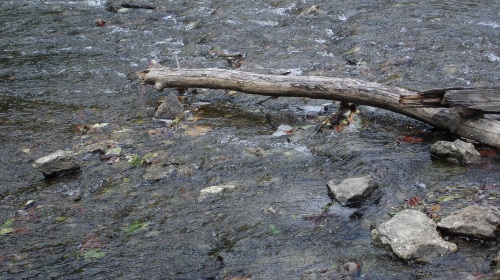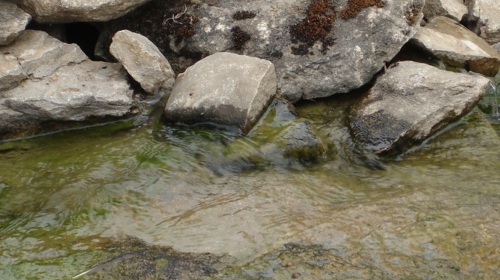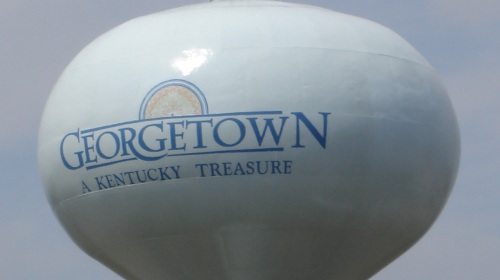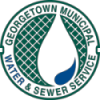
GMWSS Portal
• Make a Payment
(Credit / Debit / e-check)
• Schedule Payments
• Pay by Text
• Check Account
Balance
• View Usage History
• Sign Up for E-Bills
(Additional Info)
Hard Water Information
Since 1775, the Royal Spring has been the source of
drinking water for Georgetown. Before emerging at the Royal Spring, the water
flows underground through limestone layers, where it becomes saturated with
calcium and magnesium ions from the limestone. As a result, water from the Royal
Spring is considered “extremely hard” and over time will leave hard water
buildup on household surfaces.
GMWSS can successfully remove contaminants and treat water quality issues in
water from the Royal Spring before they are a nuisance to our customers, except
for hard water. This is because of the large quantity of calcium and magnesium
ions in the water and the complex chemistry of either removing or sequestering
these ions. The technology to lower hardness during drinking water production of
several million gallons per day is currently available, but the cost to purchase
and maintain such a system would force all of our customers to endure a rate
hike that would be four to five times higher than the current monthly bill.
Homeowners can use over the counter products to treat hard water buildup, such
as Jet Dry or CLR. Or homeowners can install a home softening system to
eliminate the issues of hard water. But these units are expensive to purchase
and require the continuous purchase of rock salt to maintain function, let alone
maintenance costs. As an alternative to expensive treatment and chemical
additives, GMWSS would like to offer our customers the following techniques and
tips to remove hard water buildup in the home:
Hard Water Buildup
on Surfaces
White Vinegar and a Toothbrush – You can use straight white
vinegar to loosen and remove the hard water buildup. Pour white vinegar
directly on the surface to be cleaned and let set for a minimum of ten
minutes, then rinse. On some surfaces, such as tiles, you can use either a
toothbrush or any stiff bristle brush and vinegar to soften and remove the
hard water buildup.
If possible, remove shower heads and aerators from faucets, then soak in
vinegar until hard water deposit is removed.
Tips for Removing Hard Water Buildup in
Appliances
Coffee Makers and Tea Pots - You can pour vinegar directly
into your coffee maker water reservoir, and then operate the coffee maker.
The hot vinegar will begin to remove the hard water deposits almost
immediately. Repeat this process until calcium deposits are no longer found
in the coffee carafe. You can pour two cups of vinegar into the tea kettle,
bring to a boil and the let simmer for approximately ten minutes. Pour out
the vinegar and rinse with water.
Dishwashers and Washing Machines – To clean the interior of
your dishwasher and the internal plumbing, add four cups of vinegar to the
interior of the dishwasher and then run a short cycle. For your washing
machine, pour two cups of vinegar into the bleach dispenser and run the
washing machine on a small load setting.
Hot Water Heater –
The following steps to drain and flush a hot water tank apply to both an
electric and gas models:
-
Turn off the water supply to the heater.
-
For electric models, turn off the power to the hot water heater at the main circuit breaker or fuse box. For gas models, turn the valve off on the gas supply line to the heater.
-
Attach a garden hose to the drain valve located at the bottom of the hot water heater. Either run the hose outside or to a floor drain.
-
Turn ON a hot water faucet anywhere in your house to allow air pressure to help drain water from the tank.
-
Open the drain valve on the heater and flush the heater tank until the water runs clear.
-
Close the drain valve and turn on the water supply to the hot water tank while leaving the hot water faucet open. When water starts coming out of the faucet, the hot water tank is full.
-
For electric models, turn on the power at the circuit breaker or fuse box. For gas models, turn on the gas supply and follow manufacturer’s instructions to relight the hot water heater.
























